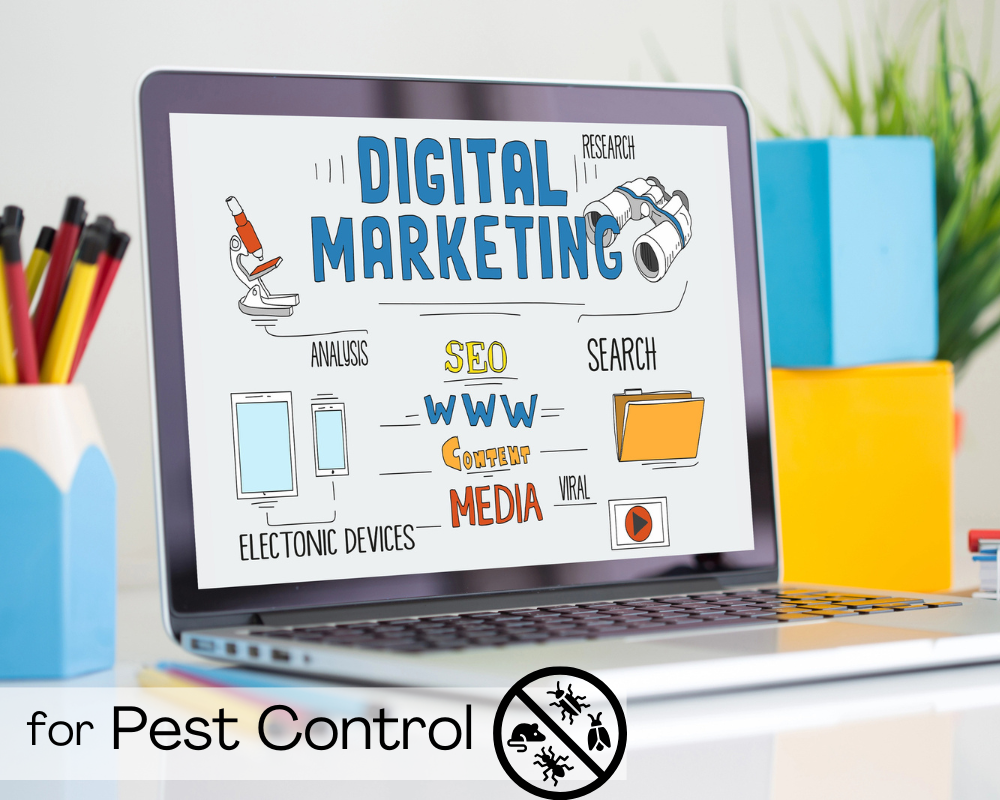6 Popular Mistakes We Find in HubSpot Audits

It’s frustrating and a little sad when we come across one or more of the 6 popular mistakes we find in HubSpot audits. It’s like never driving a sleek Lamborghini Huracán Tecnica out of the school zone speed of 25 mph. (The car has a top speed of 202 mph and can accelerate from 0 to 60 in just 2.7 seconds.)
Oh, the untapped potential!
Like the Lamborghini, HubSpot is sleek and powerful. And all too often, it’s not used to its fullest potential.
HubSpot Audits are Like Engine Tune-Ups for Your Car
The purpose of getting an engine tune-up for your car is to keep it running efficiently, prevent breakdowns, and extend the life of your vehicle. The same is true for a HubSpot Audit.
As a gold level HubSpot Certified Solutions Partner, we’re qualified to keep your digital marketing engine running at peak performance. A proper HubSpot audit will help to ensure data integrity and best practices for areas like:
- Workflows
- Contact Records and Quality
- Content and Media
- Forms and Automations
In addition, we often find opportunities to either improve or add more features to your sales, marketing, and service practices, based on what you're already paying for with your HubSpot account.
6 Popular Mistakes We Find in HubSpot Audits
Every HubSpot audit is as unique as the business using HubSpot. But there are some mistakes we see again and again in one form or another. Here are six we see frequently:
1. Not Using Naming Conventions for Workflows, Lists, Emails, Landing Pages, etc.
Haphazard naming of your digital assets can lead to an organizational nightmare. And this disorganization leads to more time needed to complete tasks than should be necessary. You can choose the naming conventions that make sense and work best for your business … just be sure to be clear and consistent in how you name your files. Files should also be categorized into folders for easier access.
2. Duplicate, Unorganized, Custom Properties and Form Fields
Not setting up properties and form fields right creates a ton of extra data that clogs up your system and makes work harder than it needs to be for your team. This can happen both in the implementation process or later as you add new forms.
3. Not Cleaning Data Before Importing It
Your CRM is only as powerful as the data you import into it. The classic scientific concept of “garbage in, garbage out” definitely applies here. It takes extra time and effort to clean the data before you import it into HubSpot, but the improved quality of your eventual output makes it worth it.
4. Failing to Integrate Your Tech Stack
While HubSpot is powerful in and of itself, it’s probably not the only digital marketing tool you’re using. That’s not a bad thing. It’s smart to use a combination of tech resources to meet each of your unique needs. But they all need to be properly integrated so that the data flows correctly and your processes run smoothly.
5. Not Customizing it to Your Unique Business Needs and Sales Process
HubSpot has a basic sales process built in to the software. It’s good and covers the general needs of many businesses. However, customizing your HubSpot application to your unique business needs and your own sales process makes it work even better for you.
6. Not Maximizing HubSpot's Features
One of HubSpot's most powerful features — and one that’s often underutilized — is reporting. HubSpot reports can give you invaluable information about your incoming leads as well as your marketing, sales, and service processes.
Other features not used to their fullest potential include the campaigns tool, social media management, customer journey tracking, chatbot, and lead scoring.
The Easiest Solution to Fix These Mistakes
The easiest way to fix HubSpot implementation and execution mistakes is to have an expert clean up your data and organize it properly. Our audit process doesn’t stop at diagnosing problems, but fixing them as well.
We invite you to get in touch with the WorldLight Media team to talk further about what a HubSpot Audit could mean for your business. Click here to get the conversation started.







